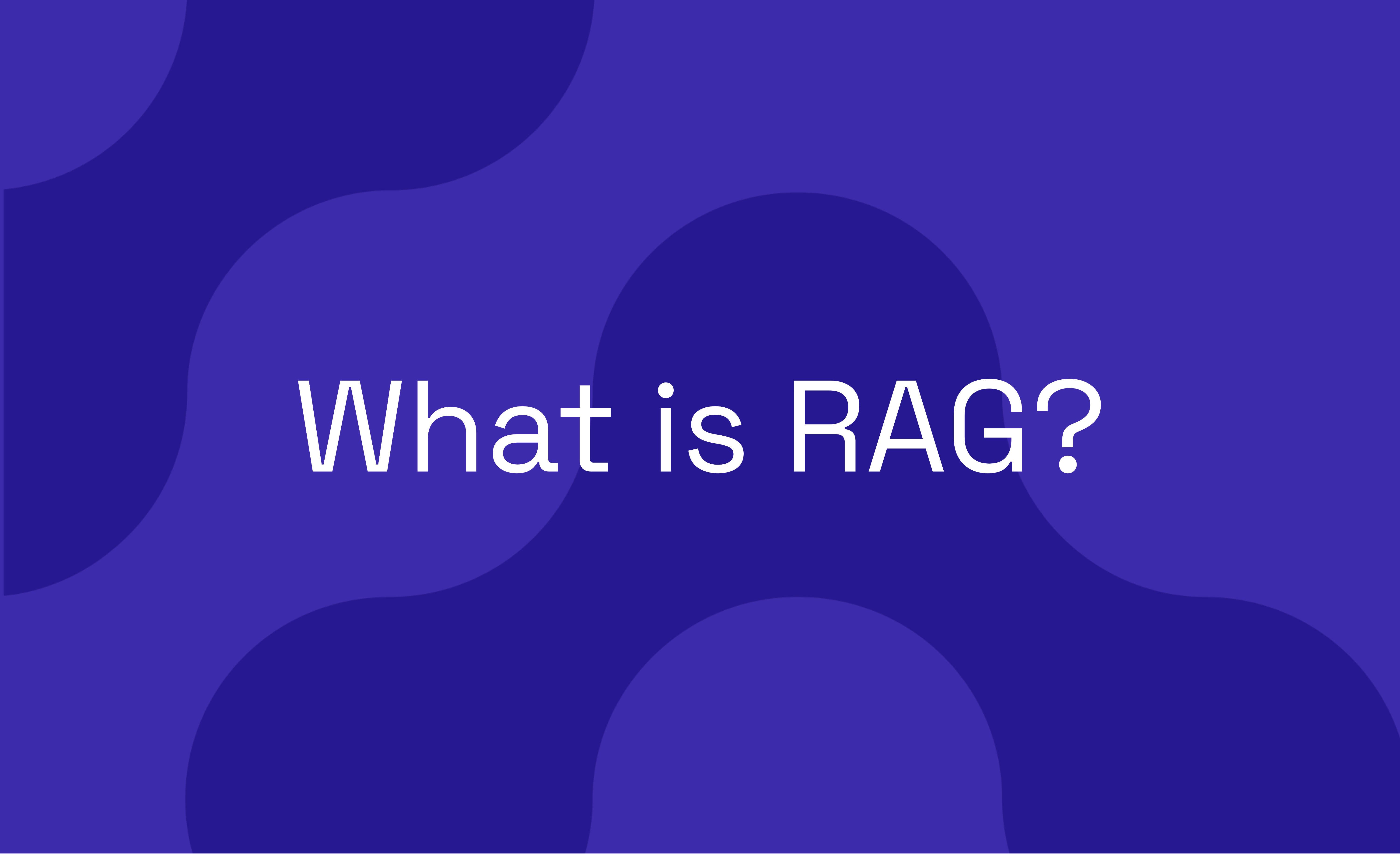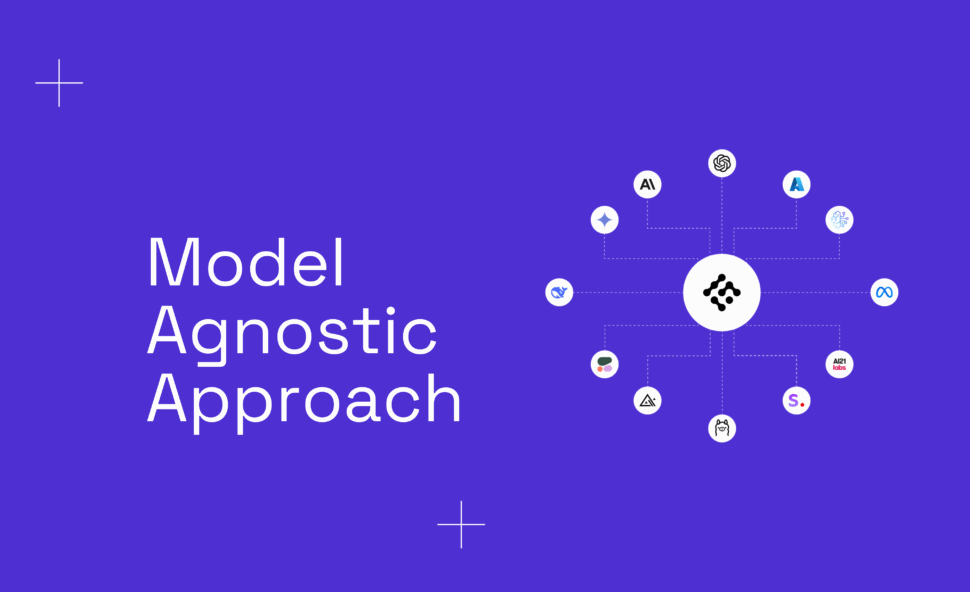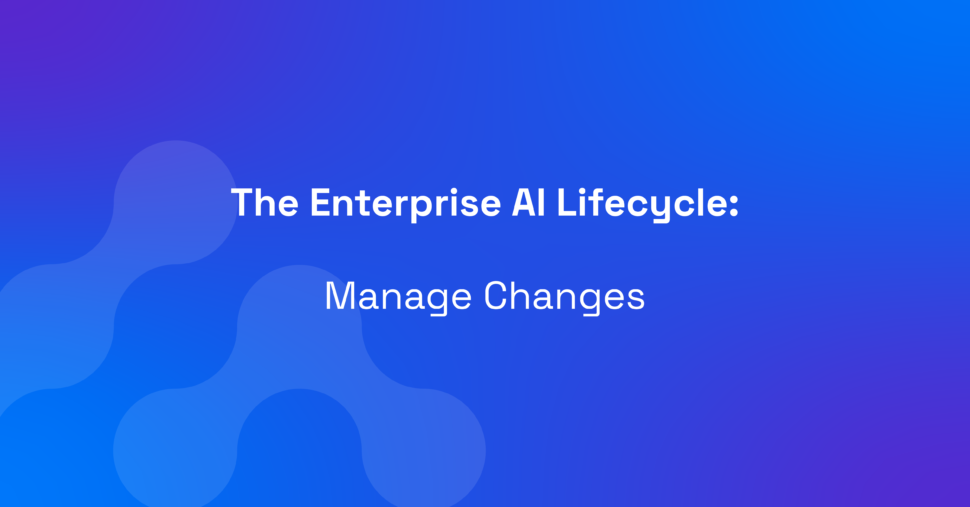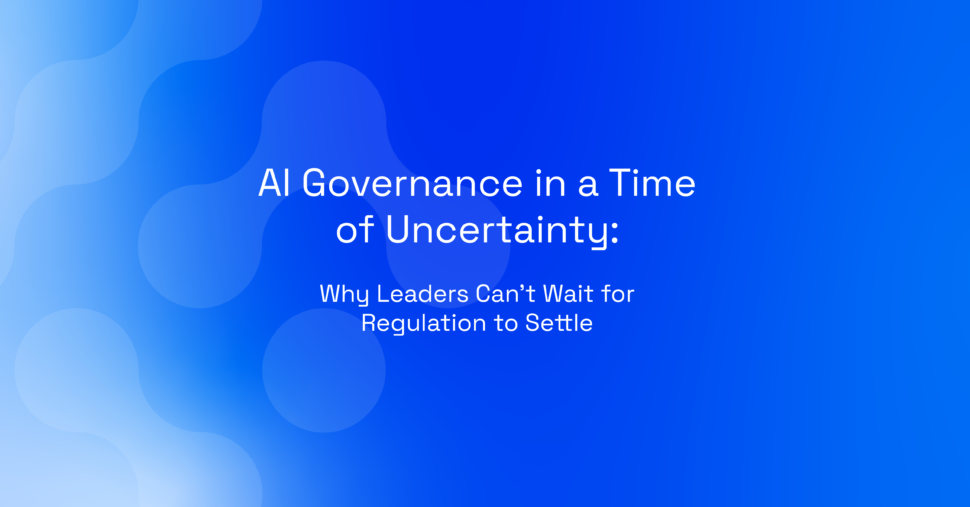Table of Contents
What is Retrieval Augmented Generation (RAG)?
Artificial intelligence has made remarkable strides over the past few years, especially in natural language understanding and generation.
Large Language Models (LLMs) like GPT-4 and Claude have become powerful engines for text generation, code completion, summarization, and more. But as impressive as these models are, they have one key limitation: their knowledge is limited to what they were trained on.
That’s where Retrieval-Augmented Generation (RAG) comes in. RAG is a technique that combines the strengths of large language models with dynamic access to external data. It allows AI systems to ground their responses in up-to-date, domain-specific, or proprietary knowledge—even if that information wasn’t available during the model’s original training
In this post, we’ll break down what RAG is, why it’s important, and how it fits into the broader landscape of building AI agents using orchestration platforms Airia’s.
What is RAG?
At its core, Retrieval-Augmented Generation is a two-step architecture:
- Retrieve: The system first queries a structured or unstructured knowledge source—like a document database, data warehouse, or vector store—to find relevant information.
- Generate: That retrieved context is then passed as input into an LLM, which uses it to generate a grounded, contextualized response.
This approach improves accuracy, allows for domain-specific answers, and helps ensure responses reflect real-time knowledge—not just what the LLM was trained on.
Imagine asking an LLM, “What’s our company’s refund policy?” A base model might hallucinate an answer, but with RAG, the system can query the latest documentation or internal policies and use that to craft a precise and trustworthy reply.
Why Use RAG?
Here are a few practical reasons RAG has become essential to modern AI systems:
- Freshness of Information: LLMs have a training cutoff date and are not connected to real-time data. RAG enables systems to reference the latest information.
- Customization Without Retraining: Instead of fine-tuning an LLM on every internal document or knowledge base, you can use RAG to simply retrieve that knowledge at runtime.
- Reduced Hallucinations: By grounding answers in specific source material, RAG reduces the likelihood of plausible-sounding but incorrect answers.
- Explainability: RAG architectures often return not just an answer but also citations or source snippets, improving transparency and user trust.
How RAG Fits into Airia’s AI Orchestration Platform
In an enterprise AI orchestration platform like ours—where users can build AI agents by connecting models, data sources, and logic—RAG becomes a foundational building block.
Instead of treating LLMs as static black boxes, you can:
- Plug in a vector store like Pinecone or Weaviate to enable retrieval.
- Configure connectors to internal data sources: wikis, PDFs, databases, ticketing systems.
- Chain logic that defines how retrieval and generation interact—e.g., fallback flows, confidence thresholds, or escalation paths to a human.
This turns a simple “chatbot” into a dynamic, domain-savvy assistant capable of surfacing HR policies, summarizing technical documentation, or even drafting answers for customer support.
When Should You Use RAG?
There are generally two ways to incorporate RAG into an AI workflow:
(1) as a persistent step where data is always retrieved before generation, or
(2) as a conditional tool call, where the model itself decides whether retrieval is necessary.
In always-on RAG, every user query triggers a retrieval step—ideal when the knowledge base is central to the task, such as support agents referencing documentation or assistants grounded in company policy. This ensures consistency and grounding in every response.
In contrast, tool-based RAG gives the model discretion. Here, retrieval is implemented as an optional function call. The LLM decides, based on context, whether to invoke the retriever or proceed without it. This is useful in more generalist agents where not every question requires external knowledge—for example, if an agent is answering math questions or writing generic summaries.
On an AI platform like ours, both approaches are supported. You can define RAG as a fixed step in your agent’s logic flow or expose it as a retriever tool the model can call when needed. The choice depends on your use case: prioritize fixed RAG for reliability, and tool-based RAG for efficiency and model flexibility.
RAG isn’t just a clever workaround—it’s a strategic approach to combining the reasoning power of LLMs with the reliability of your organization’s data.
As we move toward a future where AI agents play an active role in decision-making, customer interaction, and internal operations, RAG ensures that those agents are both powerful and trustworthy.
For builders on Airia’s platform, RAG is not a buzzword—it’s a practical, pluggable capability that turns your data into actionable, conversational intelligence.
If you’re exploring how to make your agents more context-aware and trustworthy, RAG is the bridge between what your models know and what your business needs them to know.
How RAG Can Enhance Your AI Agents
Start experimenting with data sources in Airia and see just how far grounded intelligence can take you. Request a demo and get started today.



